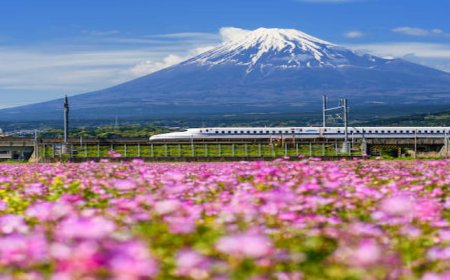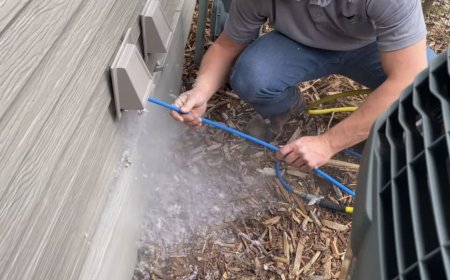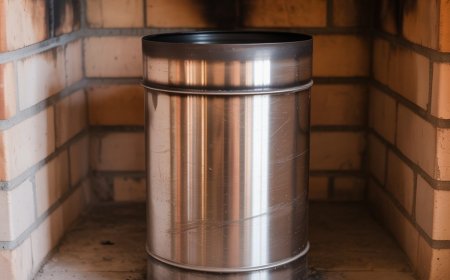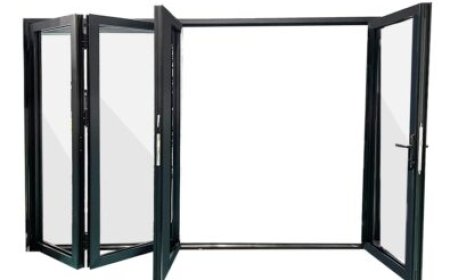How to Avoid the Annapurna Trap With Expert Advice
Hike the Annapurna Circuit and embrace the power of nature, culture, and challenge in one unforgettable journey.
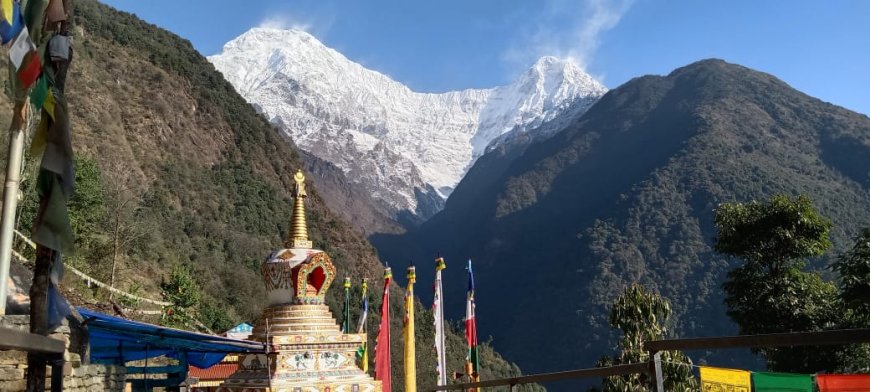
The Annapurna region is beautiful, but it can be tough if youre not ready. A lot of trekkers get caught up in theTrek to Annapurna base camp trap, where excitement quickly turns into stress. To avoid that, you need to be aware of how challenging the trek can be. Its not just a simple walkhigh altitudes, steep paths, and quick weather changes mean you need to be both physically and mentally prepared. Start getting in shape weeks ahead with cardio, hiking, and strength training to build your stamina.
Packing smart is super importantdont cram your backpack full of stuff. Bring layers for different temperatures, waterproof gear, good boots, and just the basics. A heavy pack can slow you down and tire you out. Make sure to take your time to get used to the altitude. Dont rush through the passes; take breaks, listen to how your body feels, and watch for signs of altitude sickness.
When you plan your trek, timing is everything. The best times are spring and fall when the weather is clear and the trails are safer. Steer clear of the monsoon season and deep winter to avoid landslides and trail closures.
Lastly, be flexible. Weather and mountain conditions can change fast. Be prepared to adjust your plans and stay in touch with your guides or locals. Show respect for the trails and culture, and keep an open mind.
By preparing properly, taking your time, and enjoying both the highs and lows, youll sidestep common issues and truly appreciate what Annapurna has to offer. Its not just about reaching a finish line; its about experiencing the mountains with gratitude and awareness. Thats the real reward of trekking in Annapurna safely and happily.
Don't Underestimate the Trek
A lot of people think the Annapurna Circuit is just a simple hike, but its pretty tough. You're going through high altitudes and rough trails, and the weather can change without warning. Expect to trek for 6 to 8 hours daily with some steep climbs and drops. If youre not ready for it, you could end up exhausted or injured. So, get in shape, mentally prepare yourself, and understand what youre getting into. Knowing its a tough trek keeps you safe and makes it more enjoyable.
Pack Smart
Packing too much can slow you down, but packing too little can leave you in a tight spot. Find a good middle ground by bringing the essentialslike layers of clothing, first aid supplies, water purification, and quality gearwithout loading up your pack too much. Remember, every bit of weight counts when youre hiking. A well-packed bag makes it easier to move around, helps you avoid getting tired, and keeps you comfy. Use a packing checklist to only bring what youll need.
Watch for Altitude Sickness
Altitude sickness can happen to anyone above 2,500 meters and can be serious if you ignore it. Know the early signs like headaches, nausea, dizziness, and tiredness. If you start having trouble breathing or lose your coordination, thats more serious. If symptoms get worse, head back down. Carry meds like Diamox, drink plenty of water, and dont climb too fast. Staying informed can help you avoid health issues at high altitudes.
Take Time to Adjust
Going up too quickly is a big mistake trekkers often make. Your body needs time to get used to the lower oxygen. Plan some rest days, especially when you reach the 3,000m to 4,000m range. Follow the advice: Climb high, sleep low. Rushing things just to save time can increase your chances of getting sick and ruin your trip. Take it slowits safer and you'll get to enjoy the mountains more.
Keep an Eye on the Weather
The weather in Annapurna can change fast, especially at higher altitudes. The monsoon (JuneAugust) can bring landslides and slippery trails, while winter (DecemberFebruary) may block passes with snow. The best times to trek are in spring (MarchMay) and autumn (SeptemberNovember). Always check the weather before you head out. Knowing what to expect helps you pack the right gear and stay safe from the cold, rain, or snow.
Pick the Right Shoes and Gear
Blisters and injuries can mess up your trek. Make sure to get good-quality, comfortable trekking boots that you've worn before. Dont go for cheap or brand-new shoes. Opt for moisture-wicking socks, breathable clothes, and a waterproof jacket. Your gear should keep you comfy and be tough enough for both chilly nights and warm days. Choosing the right gear can save you a lot of trouble.
Listen to the Locals
The locals and guides know the area better than any map. If theyre warning you about the weather or trail dangers, take them seriously. Ignoring their advice might put you in a bad spot. Show respect for their knowledge and ask questions if youre unsure. Trusting local tips helps keep you safe and makes your trip more connected.
Stick to the Trails
It might be tempting to take shortcuts or explore side paths, but its safer to stay on the main route. Going off the marked trails can lead to accidents or even getting lost. Stick to the trails where other trekkers and porters go, since theyre safer. Maps and signs exist for a reasonfollow them to avoid getting off track.
Dont Rely Too Much on Tech
While phones and GPS can be handy, you often won't get a signal in the Himalayas, and batteries drain quickly in the cold. Always have a physical map and compass with you, and know how to use them. Write down important contacts and stop points. Power banks are useful, but dont count on tech to always save the day. Be ready to navigate the old-fashioned way when needed.
Get Travel Insurance and Permits
Travel insurance is non-negotiable, especially one that covers high-altitude trekking and emergencies. Rescue helicopters arent cheap, and you might need one if something goes wrong. Make sure you have permits like the Annapurna Conservation Area Permit (ACAP) and TIMS card, as theyre required and help keep the trails maintained. Trekking without them can get you fined or turned away at checkpoints. Dont skip thishaving the right documents and insurance is your safety net.
What mistakes do trekkers often make on the Annapurna trek?
A lot of trekkers dont realize how tough the Annapurna trek can be. They rush their plans and dont give themselves enough time to get used to the altitude. Overpacking is another common issue, which just adds extra weight to carry. Ignoring signs of altitude sickness or trying to push through it is risky, too. Some people also pick bad times to trek, which can lead to bad weather or landslides. Not getting in shape before the trek can result in tiredness and injuries. Plus, sticking too rigidly to plans and not asking locals for advice can mean missing out on safety warnings or trail closures. Avoiding these mistakes can make the trek safer and way more enjoyable.
How important is getting in shape before trekking Annapurna?
Getting fit is important for a successful Annapurna trek. Youll be dealing with long days of hiking, steep climbs, and high-altitude passes that will test your stamina. Starting to train about 68 weeks before heading out, with activities like hiking, running, and strength workouts, helps build your endurance and keeps you from getting too tired. Being prepared can lower the chance of getting hurt, help you breathe better at higher altitudes, and let you enjoy the trek instead of just struggling through it. A body thats ready for the trek handles changing paths and weather better, making everything safer and more enjoyable.
Why is getting used to the altitude important on the Annapurna Circuit?
Getting used to the altitude is important because the Annapurna Circuit climbs over 5,000 meters, where theres a lot less oxygen. If you go up too fast, you might get altitude sickness, which can cause headaches, nausea, dizziness, or even serious issues like fluid in the lungs or brain. Taking rest days and gradually climbing helps your body adjust to the thinner air and keeps health risks low. Sticking to the recommended itineraries with acclimatization days helps keep your energy up and avoids dangerous situations, letting you enjoy the amazing views while safely completing the trek.
When are the best times to trek Annapurna to stay safe?
The best times to Trek to Annapurna Base Camp are in the spring (March to May) and autumn (September to November). The weather is usually nice during these months, with clear skies and comfortable temperatures. Spring brings blooming rhododendrons and colorful scenery, while autumn offers fresh air and gorgeous mountain views. The monsoon season (June to August) has heavy rain, landslides, and slick trails that can be dangerous. Winter (December to February) is pretty cold, with snow and icy paths, which makes trekking hard. Going in spring or autumn helps avoid risks and makes for a better trekking experience.






